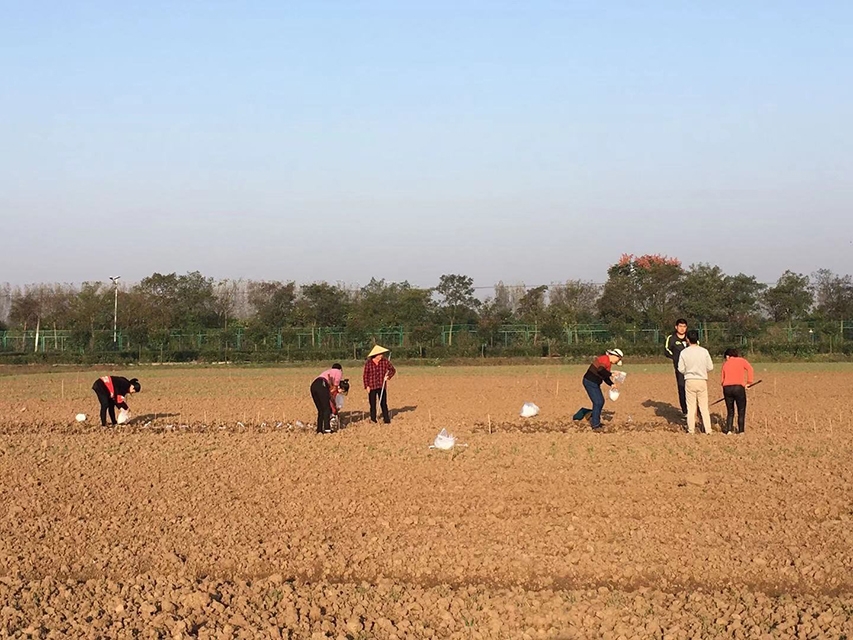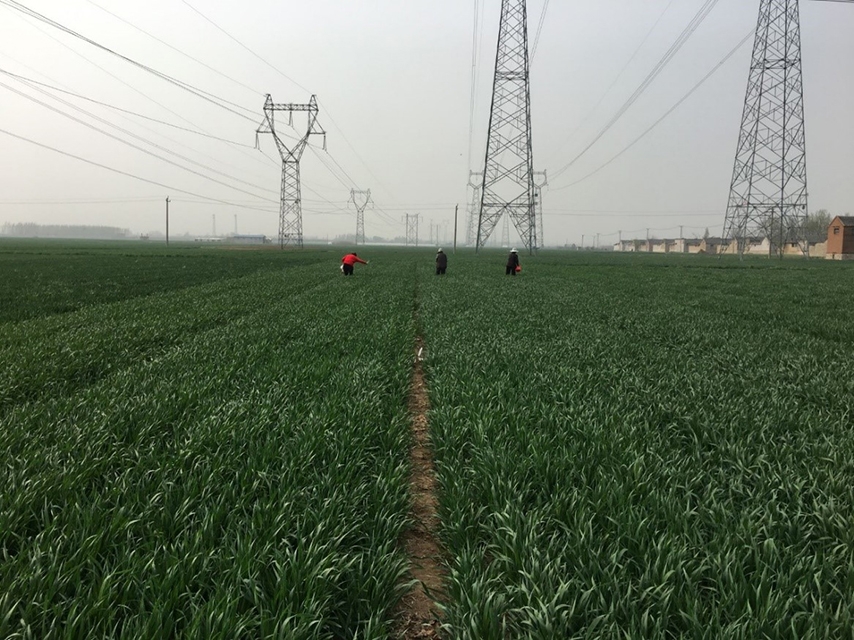Which winter wheat variety is more adaptable to climate warming?
The paper “Low-tillering winter wheat cultivars are more adaptable to late sowing“, published in the Journal of Agricultural Science, has been chosen as the latest Editorial Highlight.
Temperature can significantly affect the growth and development of wheat and ultimately final yield. The global climate is currently warming, and the accumulated temperature (or growing degree days) experienced prior to the onset of winter has increased significantly. Winter wheat requires a gradual period of cooling to achieve acclimation to cold temperatures, followed by average daily temperatures of < 0 °C for at least 5 days in order to trigger resumption of growth in the spring (vernalization). Warmer temperatures can lead to lodging, pest infestations and other hazards, and finally, results in significant decreases in grain yield. Therefore, delaying sowing of wheat until the weather is cooler is a feasible planting strategy. Studies, however, have shown that delayed sowing may increase, maintain or even decrease the grain yield of winter wheat. This suggests that not all wheat varieties can maintain current yield levels by delaying the sowing date and, therefore, may ultimately be unable to adapt to global warming. Furthermore, in regions that have a wheat-maize rotation, in general, only late-maturing summer maize varieties can maintain a high yield, which means that the sowing date of winter wheat will be delayed in these regions.

In order to explore which winter wheat varieties are more suitable for growing under climate warming, we selected two winter wheat cultivars that were grown during two wheat-growing seasons at the experimental Station of Shandong Agricultural University (35°96′ N, 117°06′ E), Daiyue District, Taian, Shandong, China. We evaluated four sowing date treatments: 1 (early sowing), 8 (normal sowing), 15 (late sowing), and 22 October (latest sowing). We examined the effects of sowing date on several traits and found that, compared to normal sowing, grain yield was maintained above 9,300 kg/ha for the late and latest sowing dates although the total spike number decreased,. The main reason was that more nitrogen (N) accumulated in the plants from jointing to anthesis, resulting in a higher grain number per spike. The higher net photosynthetic rate after anthesis, through optimizing N distribution in the canopy and increasing Rubisco content of flag leaves, improved the dry matter accumulation rate and contribution ratio of vegetative organs, ultimately ensuring consistent grain weight. Grain yield of high-tillering winter wheat cultivars, however, decreased from 9,370 to 8,346 kg/ha. The main reason was that spike number, accumulated N from jointing to anthesis, and net photosynthetic rate decreased significantly, which reduced the dry matter accumulation rate, and required fewer grains to achieve consistent grain weight. Therefore, low-tillering winter wheat cultivars are more adaptable to late sowing, and can mitigate the effect of global warming.

The Journal of Agricultural Science Editorial Highlights are selected by the Editor-in-Chief and are freely available for one month. View the recent selections here.






